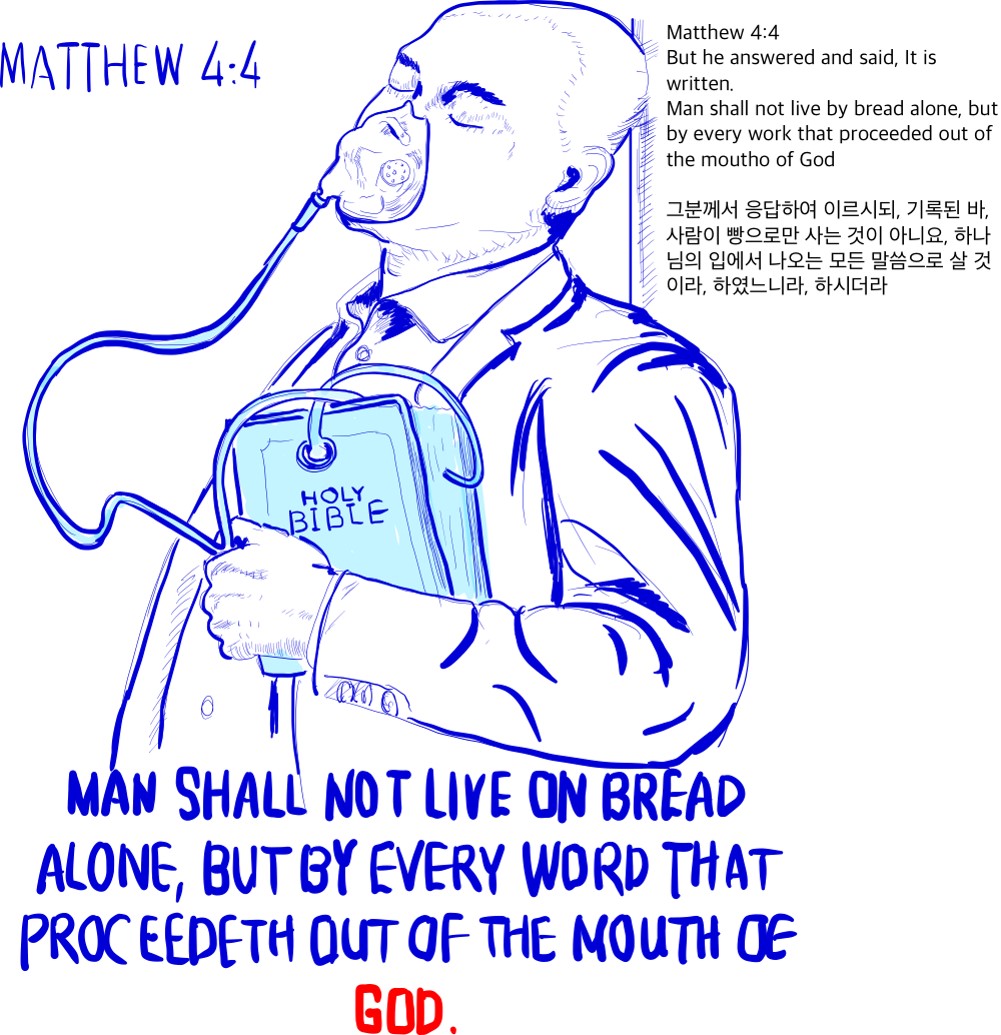면역세포 표면에 있는 억제기전의 수용체 (IR; Inhibitory Receptors)
① PD-1
② CTLA-4
③ LAG-3
▶ CTLA-4
가장 중요한 면역관문 단백질 중 하나인 Cytotoxic T Lymphocyte Antigen-4 (CTLA-4)는 T 세포의 표면에 발현되며 항원표지세포의 B7과 결합하여 T세포의 활성화 신호를 차단할 수 있고, 음성신호전달을 매개할 수 있다.
▶ PD-1
PD-1은 활성화된 T세포(면역세포)의 표면에 있는 단백질이다. CD279, Programmed cell death protein 1이라고도 한다.
암세포의 표면에 있는 단백질인 PD-L1, PD-L2가 T세포의 표면에 있는 단백질인 PD-1과 결합하면, T세포는 암세포를 공격하지 못한다. 면역항암제는 T세포의 PD-1 수용체에 달라붙어 암세포의 회피 기능을 억제한다. MSD의 키트루다와 옵디보가 작용하는 원리다.[1]
▶ LAG-3
- Lymphocyte-Activation Gene 3 (LAG-3)

- Lymphocyte-activation gene 3 (LAG-3) is an immune checkpoint receptor protein found on the cell surface of effector T cells and regulatory T cells (Tregs) and functions to control T cell response, activation and growth.1
T cells are a type of white blood cell that are part of the immune system. Activation of cytotoxic T cells by antigens enables them to kill unhealthy or foreign cells.1
출처: https://www.bms.com/assets/bms/us/en-us/pdf/lymphocyte-activation-gene-3-immune-pathway.pdf
 |
|
 |
|
 |
'97_줄기세포치료 및 면역 치료' 카테고리의 다른 글
| NK세포에 대한 조사 2 (0) | 2021.08.17 |
|---|---|
| NK세포에 대한 조사 1 - 의료 서비스 모델 (0) | 2021.08.17 |
| 항암치료의 역사 (0) | 2021.08.16 |
| CD19 표적 CAR-T세포 (0) | 2021.08.16 |
| [시판허가] 면역관문억제제 (0) | 2021.08.16 |




